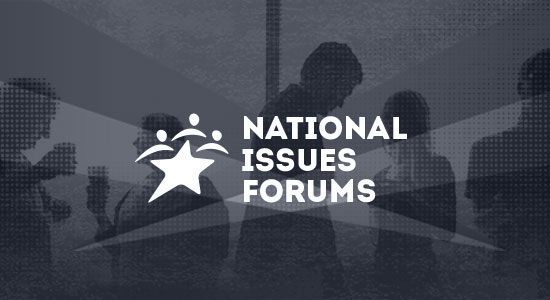The Growing Gap between the Haves and Have Nots
Blog Category:
National Issues Forums Institute (NIFI) director Bo Beaulieu suggested the following as a possible issue for development into a deliberative framework. We welcome your comments and additional information about this issue.
Is Income Inequality Harmful to American Communities?
A recent book published by Richard Wilkinson and Kate Pickett titled, The Spirit Level (2009), has created quite a stir in countries across the world. The central premise of the book is that societies or communities that are more equal often do better on a wide array of socioeconomic measures – be they health, education, crime, trust, and social mobility. In essence, people from the same social strata with the same set of quality of life attributes do better in societies that are more equal than those associated with greater income inequality.
Consider the following facts from a recent article we prepared for Daily Yonder (April 2011):
- The wealthiest 10% of metro counties in the nation had an average per capita market income increase of nearly 70% between 1980 and 2008, contrasted to a 38% increase for counties located at the 10% lowest income tier.
- Rural counties are growing more unequal, but their income inequality is less than in metro areas.
- The increasing gap between the “haves” and the “have nots” appears to be associated with higher rates of crime, teenage birth rates, adult and child poverty, and more.
Do these trends hold out in communities across America, in urban and rural places, in racial and ethnically diverse and homogeneous communities, or in places with changing or stable populations? Does greater equality make a community stronger and if so, how? Should strategies designed to reduce the gap in income inequality in American communities be pursued? At what cost?

